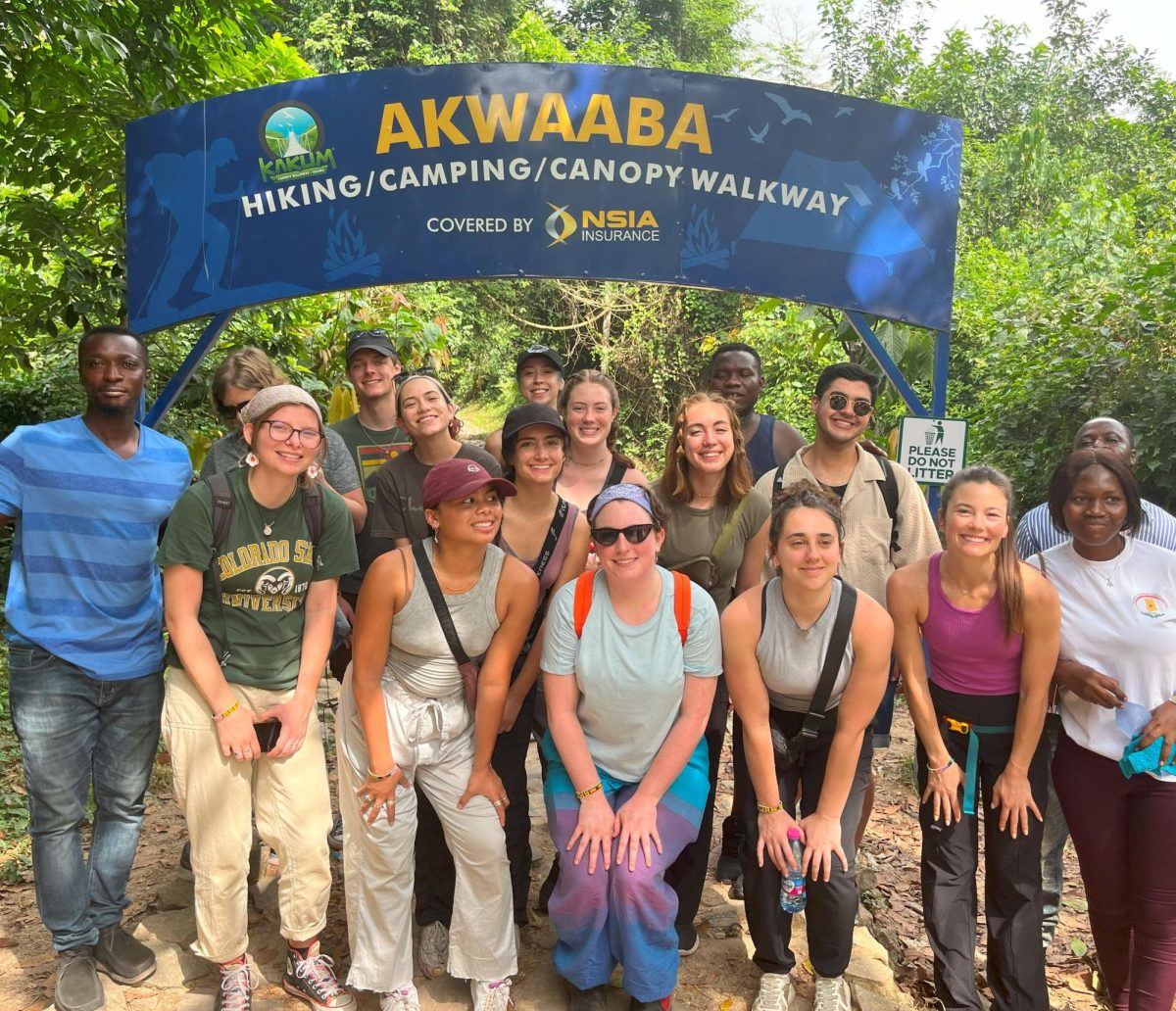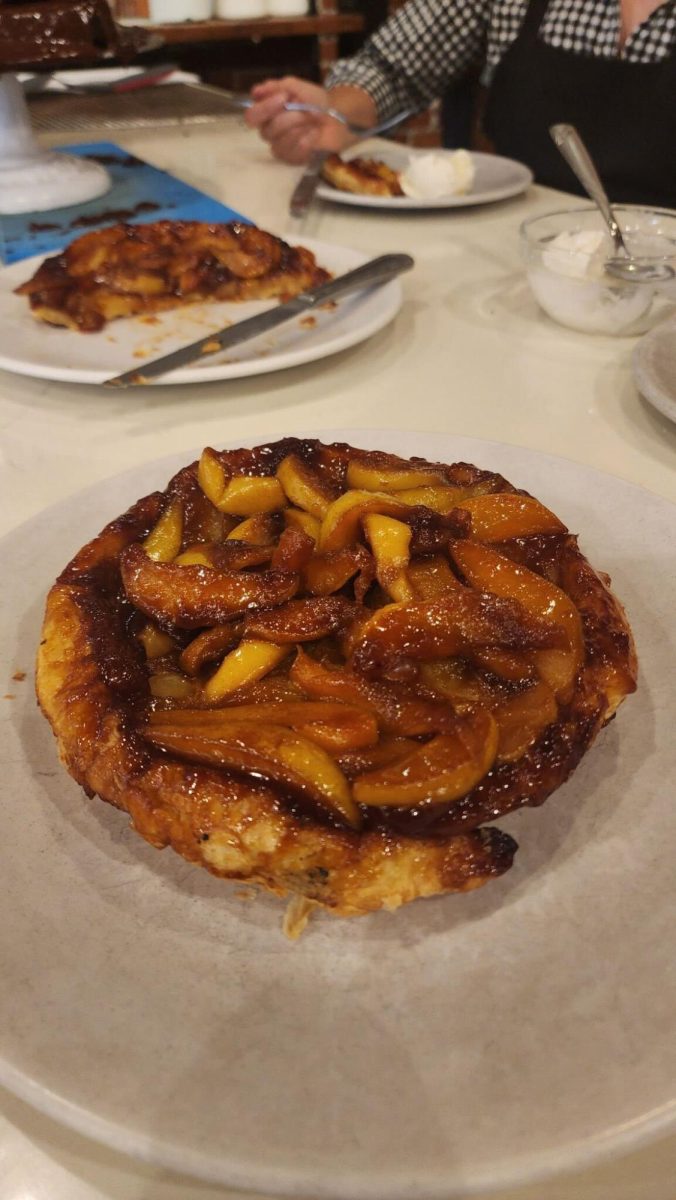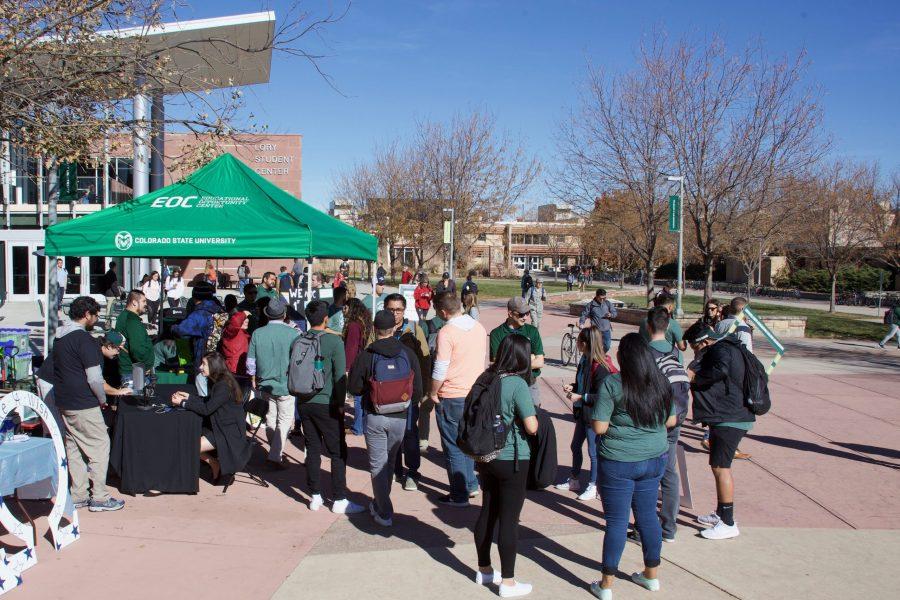Colorado State University, much like other campuses, houses many intensive research facilities, including one of the largest gene banks in the world. The bank contains materials — including plants, animals and microbes — that archive genetics that may otherwise disappear.
The National Laboratory for Genetic Resources Preservation is housed on CSU’s campus but belongs to the United States Department of Agriculture. The building is part of the U.S. National Plant Germplasm System, which houses over 600,000 kinds of plant germplasm — plants, seeds or other plant parts — as well as a large number of animal genetic materials. They take every agriculturally relevant sample they can.
With its high status and importance, the NLGRP building was designed to withstand disasters if needed. These preparations include a firm foundation that can withstand many disasters, such as the possibility of the Horsetooth Dam collapsing and flooding the city. The building is in Fort Collins because of the region’s dry air and an assortment of geographic conditions that help protect the bank.
“We think we’ve covered, you know, most national disasters because again, we just can’t fail,” Center for Agricultural Resources Research Director Daren Harmel said. “We have to store this material no matter what.”
This bank is not like others. In terms of seeds, they have a rigorous testing program that ensures that everything in the vaults is alive. This is in contrast to banks such as the one in Svalbard, Norway, which only puts seeds in and does not test them after being placed in the vault.
The NLGRP is unique as well because it contains material other than just seeds. It contains genetic variation across animals and microbes. It stores everything across two vaults. The first is a freezer vault containing mostly seeds that are more viable in a dry freezer. The second vault is cryogenic, freezing with liquid nitrogen, containing animal semen, microbes and plants that are more viable with that style of preservation.
CSU professor Patrick Byrne said he believes what makes the bank special is that it acts like a bank. They do not hold seeds indefinitely, but instead, researchers and breeders can pull from the bank and work with the seeds. This helps in the research and work toward growing and helping with global agriculture.
Byrne has used the bank in his own research and has grown seeds from the bank many times. He’s grown plenty on the Agricultural Research, Development and Education Center facility and has done work with the NLGRP for years.
This bank is critical for agriculture across the world, as it receives and distributes samples worldwide. However, few students are aware of its presence on campus.
Harmel often clarifies when giving tours that this vault is not for a romanticized doomsday situation like apocalypses. Rather, this bank is utilized when confronting insect problems, disease epidemics, climate change and more. This bank — and many like it — works toward the goal of ensuring people have as much information as possible about life on this planet. The ultimate goal is preserving life and using it to humanity’s benefit for better practices in agriculture.
Reach Adam Carlson at life@collegian.com or on Twitter @CSUCollegian.













